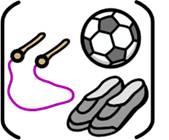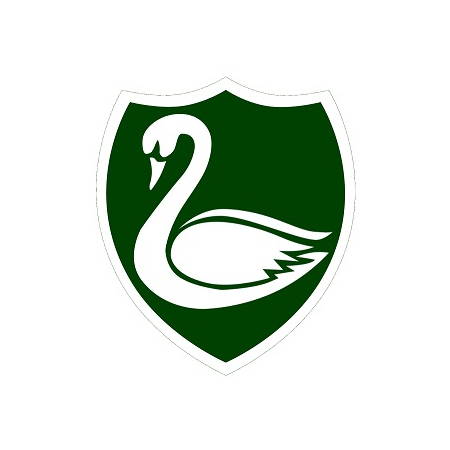Physical Education (PE)
PE

PE is an extremely important subject for both the physical and mental wellbeing of children. As such, we aim to teach many different sports and activities in our PE lessons as well as offering many extra-curricular PE options. The children will also have the opportunity to take part in sporting competitions against other schools and develop many character-building skills in line with the national curriculum and early years curriculum.
Intent
- To give all children the confidence and competence to engage in a range of physical activities.
- To create a broad PE curriculum that is ambitious and offers a balanced access to a range of sport and sporting opportunities.
- For children to demonstrate consistent progression in sport and their core knowledge through their subsequent years in school and within each unit of learning.
- To increase participation of children in a range of internal and external sporting events, both competitive and to inspire.
- For all children to lead physically active and healthy lives into adulthood, influenced both in school and at home.
- To utilise expert teaching and skills to support children.
- To provide stimuli for children to see the purpose and relevance within what they’re learning.
- For children to reflect upon their learning and set their own goals based on their own starting point within their unit.
Implementation
- Opportunities and increased engagement for all groups of children in sport
- Working closely with Tandridge schools and participation in inter-school sporting events.
- Working closely with Active Surrey
- Intra-school sporting competitions across key stages and between classes at the end of units of learning.
- Broad curriculum offering a range of sports and one that identifies key concepts and progression between each year group (PePlanning scheme).
- Encouragement to participate in after-school sports clubs.
- External sport coaches to lead lessons in school.
- Purchase of high-quality sports equipment and uniform that links to needs of teaching scheme.
- Pupil voice: opportunities given to children to voice their opinions about sport and surveys carried out by children to provide feedback for sporting events.
- Assemblies and references in lessons to highlight sportsmanship and qualities required for sport.
- Visual stimuli and modelling of key concepts/skills being covered.
- Cross-curricular links to PSHE and science.
- Training and implementation of young sports leads.
Impact
- Increased participation in clubs, sports day, sporting events, extra-curricular activities, inter-school and intra-school activities.
- Increased knowledge of key concepts and skills learnt in lessons and the ability to retain and recall information.
- Increased knowledge and understanding of the benefits of being physically active and healthy.
- A wider knowledge and understanding of how to utilise different skills in a PE context and to link them to internal/external sporting events and team activities.
- Children to feel the benefits of physical activity in helping them to focus within their other curriculum subjects.
- Children to be given further visual representations so they can understand the ways in which their bodies should move to successfully perform a key skill and to handle sports equipment correctly and safely.
- Children are to be stimulated and inspired by others and their own goals by learning about relevant sporting icons and stories.
- Children to broaden their knowledge of the opportunities in sports available to them and find motivation through a visual end point that their sequence of lessons will lead them towards.
- Children to develop their ability to reflect upon their own skills within a sport and enhance their motivation in setting and achieving their own goals.
- Increased enjoyment and confidence of children within lessons or competitive events.
- Young sports leaders gain leadership experience and responsibilities tailored to sport and supporting their peers.
- Young children have a relatable source of guidance when seeking support from young sports leaders.
